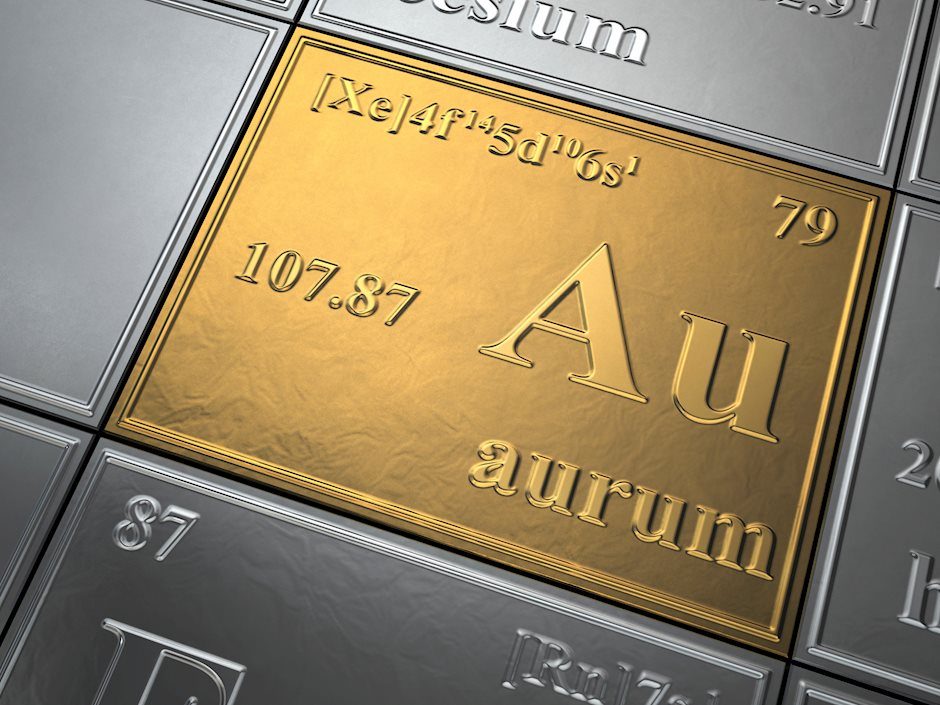Mainstream fund managers jumping on the Gold bandwagon

Big money managers are starting to jump on the gold bandwagon as inflation worries grow.
Over the last few weeks, gold held its ground despite headwinds including a strong dollar and rising bond yields. Geopolitical tensions have supported safe-haven buying but it appears a new player is entering the market – hedge fund and other big money managers concerned about sticky price inflation.
According to a recent CNBC article, “Overweighting precious metals has become the consensus among the largest money managers.”
A Citi analysis of big fund managers found that 83 percent are now long precious metals. Meanwhile, gold is the only commodity fund allocators have added to their portfolios in the last month.
In another sign of growing bullishness on gold, net long positions on gold futures and options climbed to the highest level since the pandemic year in 2020 earlier this month, according to the Commodity Futures Trading Commission data.
In a recent note, HSBC Securities chief precious metals analyst James Steel said that gold and silver rallies have been driven by a “powerful cocktail” of safe-haven buying and hedge fund purchases, “prompted by record-high equities and sticky inflation.”
Livermore Partners founder David Neuhauser told CNBC he has increased gold allocation to 20 percent, including both gold and gold mining stocks.
“With inflation well above trend and being extremely sticky, it doesn’t take a rocket scientist to figure out that gold could serve in a great capacity. We are in for a structural change in terms of inflation, and gold will be the metal to continue to find investors worried about monetary disorder, worried about monetary debasement.”
Greenlight Capital’s David Einhorn has also made gold “a very large portion” of his fund’s allocation. He said there is a “problem with the overall monetary and fiscal policies of this country.”
“I think the deficits are ultimately a real problem. And I think that this is a way to hedge the risk of something not-so-good happening.”
It’s become clear that the Federal Reserve isn’t winning the inflation fight. CPI came in hotter than expected yet again in March, with the headline annual price inflation rate rising to 3.5 percent. None of the numbers in the report came in anywhere near the Fed’s mythical 2 percent target. No matter how you slice, dice, or massage the numbers, nothing indicates the Fed is anywhere near slaying price inflation.
This has been obvious for a long time, but it often takes a long time for the mainstream to pick up on the obvious. Maybe the financial world does need some rocket scientists.
Last week, Federal Reserve Chairman Jerome Powell admitted the inflation fight isn’t going well and hinted that interest rates may stay higher for longer.
“We have stated that we need greater confidence in inflation before considering lowering interest rates. However, the recent data has not given us greater confidence that inflation is heading toward the 2 percent target.”
Powell went on to say, “It is appropriate to let restrictive policy take further time to work,”
Chicago Fed president Austan Goolsbee was even more blunt, saying, “Progress on inflation has stalled.”
The hawkish turn drove the yield on the 2-year Treasury to 5 percent.
In past months, this kind of hawkish Fed talk would have tanked the price of gold and silver. Higher interest rates are considered a headwind for precious metals because they are non-yielding assets. But gold continued to hold its ground.
Perhaps the mainstream has finally figured out what I’ve been saying for a long time – inflation is ultimately going to win this fight. And when you have inflation, you want to have an inflation hedge!
Even if the Fed does go ahead with interest rate cuts, it isn’t a victory – it’s a surrender. The moment the central bank pivots to looser monetary policy, it is creating even more inflation. And the reality is monetary policy isn’t all that tight to begin with.
Make no mistake, there will be rate cuts, but I don’t think it’s going to be because the Fed can plausibly claim it beat inflation. The central bank will cut because the modest interest rate increases over the last year will break things in the economy and precipitate an economic and financial crisis. The current interest rate level might not be enough to unstick inflation, but it is enough to cause bubbles to pop in this debt-riddled economy. It simply can’t run without its easy money drug.
I doubt the mainstream has figured this out yet, but at least some of the big financial players are starting to understand the inflation reality. Price inflation has grabbed the attention of at least some of the big players, and they are doing something about it by buying gold.
To receive free commentary and analysis on the gold and silver markets, click here to be added to the Money Metals news service.
Author

Mike Maharrey
Money Metals Exchange
Mike Maharrey is a journalist and market analyst for MoneyMetals.com with over a decade of experience in precious metals. He holds a BS in accounting from the University of Kentucky and a BA in journalism from the University of South Florida.

















